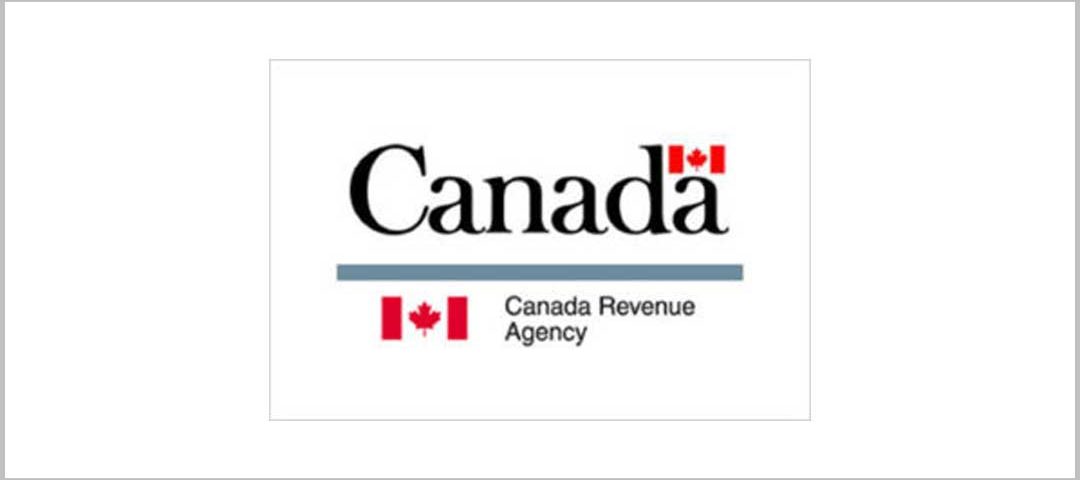When setting up a benefits plan, business usually want to know how taxes will impact their bottom line and those of their employees. And that’s a fair question. Not only are there many tax incentives available that are related to benefits, but multiple options can be considered in every situation. Here are five must-know facts about taxes when it comes to a benefits plan:
1. Lowering Corporate Taxable Income. Benefits premiums are considered a tax-deductible expense, according to the Canada Revenue Agency. Therefore, the cost of providing healthcare, disability and life insurance coverage, including premiums and any other related administration fees, can be written off. This will in turn reduce the amount of taxable income for the business.
2. Boosting Employee Take-Home Revenues. Reimbursements on all medical, dental and health-related claims for employees are tax-free. This means that whatever is reimbursed to an employee on a claim is not considered part of their taxable income at the end of the year. In certain respects, companies therefore can view a benefits plan as a raise, but one which does not push an employee’s salary into a higher tax bracket.
3.Using Health Spending Accounts Instead of Raises.With similar advantages to the first two points, a health spending account can be a great way to avoid incurring additional taxes. Instead of offering an employee a salary increase which raises their taxable income, providing a health spending account is tax-free for the employee and tax deductible for the employer. It’s win-win for everyone.
4. Making Long-Term Disability Premiums Tax-Friendly. There are two different tax setups for disability premiums: 1) the employee can incur an after-tax income deduction on their payroll to cover the premium cost and its taxes. If a claim is made, the lump sum payment is tax free, and 2) the employer covers the premium costs, but upon a claim, the employee is then subjected to tax on the recurring claim payments. The second option obviously allows the employer to write-off the premium to reduce taxable income, however in that, subjects the employee to potential taxes upon a claim. Some employers will instead consider a third option: 3) have the employee pay the premium and its taxes with after-tax income as in scenario 1, but provide a raise to the employee which will cover the costs of that disability premium and the tax deductions, so to the employee, the net take home pay is the same. This method essentially allows the employee to get the disability benefit while eliminating any direct costs and taxes for the premium.
5. Lessing the Impact of Life Insurance Premiums on Income Taxes. Life insurance is always tax free upon claims, regardless of whether it is the employee or employer who pays the premium. However, if the employer pays the premium, the annual cost of the premium is included as part of the employees taxable income. If the employee pays the premium, it is deducted from their after-tax income on their payroll
.While businesses can’t avoid taxes, they can find ways to minimize the impact of tax on revenues through the use of a well-designed benefits plan. A benefits consultant can work with an organization to implement plans that consider all these tax incentives in order to keep as much money in the pockets of the business and its employees
.This article was intended as an informal introduction on tax implications of benefits plans in Canada, written on November 17, 2014. For more detailed and updated tax information, please consult with a Chartered Professional Accountant (CPA).
Ready To Start?
Whether you are with a business, association, or owner operator, we have the solution for your needs.




